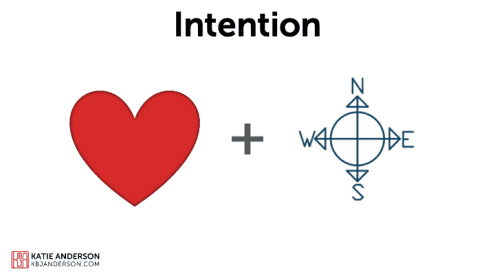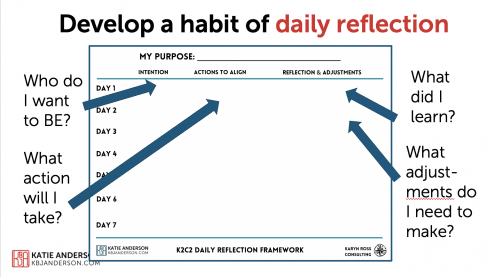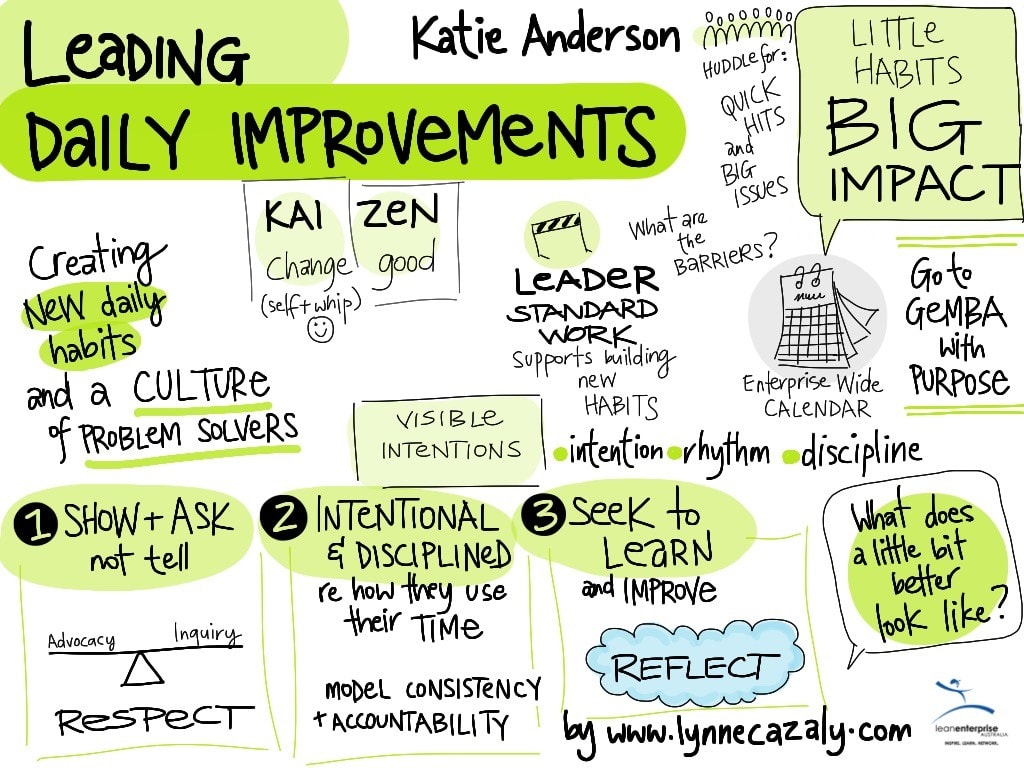Which of the Following Words Means Continuous Improvement in​ Japanese
What does the word "kaizen" mean to you?
You likely know the word kaizen to mean "continuous improvement" or just "improvement". Perhaps you first heard the term associated with doing a "kaizen event" or project. But what is the real meaning of kaizen?
What is kaizen in business?
And how can kaizen be applied to personal improvement?
And what are some kaizen examples?
Discovering the Real Kaizen Philosophy
When I moved to Japan in 2015, I was fascinated to learn about the origins of the concepts of the Toyota Production System — or what we know as "lean" — as well as immerse myself in Japanese culture and learn the language.
I had practiced and taught continuous improvement and Toyota's kaizen methods for years in my roles as a process improvement consultant. But living in Japan gave me an enriched and deeper understanding of the real meaning of kaizen.
Let's start at the beginning…with Kanji symbols
Kanji are a set of logographic symbols from Chinese writing, and they make up a large part of the Japanese writing system (in addition to hiragana and katakana phonetic scripts). So, in learning the kaizen definition, it's important to understand that Kaizen is made up of two Kanji symbols: 'Kai' and 'Zen.'
So What is Kaizen?
Does kaizen just mean Change (Kai) + Good (Zen)…or is there an even deeper meaning?
When I started learning Japanese, I found out that the two kanji symbols making the word "kaizen" mean "Change + Good."
But as I learned more about the construct of kanji symbols and how they are combined together to make other symbols, I realized that the meaning of the word "kaizen" was even richer.
Hint: kaizen is more than improving processes! It's about improving ourselves.
I originally wrote a blog post about my early discoveries about the real meaning of kaizen back in 2015, and wanted to share my expanded understanding with you now years later in a video and expanded article here.
Check out my video below to learn what I've discovered about the real meaning of kaizen and how we can each apply the principles of continuous improvement to ourselves.
The real meaning of kaizen explained
Warning – after watching this video, you might get the Devo song "Whip It" stuck in your head. I always do! See below, too, for more ways that you can "whip it"!
Note: A special thank you to both Brad Schmidt and Jun Nakamuro — both of whom I spent time with while I was living in Japan — for helping me understand the meaning of the kanji symbols. I recommend clicking the links on each of their names to learn more about the richer and deeper meaning of kaizen from two native Japanese speakers!
Kaizen is More Than Continuous Improvement
Kaizen is often translated to mean continuous improvement.
However, the first symbol "Kai" is made up of two sub-symbols representing "self" and "whip". So "Kai" actually means "Self whip." This refers to the discipline we need to have in order to change who we are. It's about starting with ourselves to make change.
And "Zen" is often translated to mean "good," but the symbols actually represent the meaning of "Sacrifice."
So the real meaning of kaizen is about having the discipline to 'whip' ourselves – to change ourselves – in sacrifice for the greater good.
Once understood like that, the power and potential of kaizen starts to become apparent.
Self-Discipline and Sacrifice for the Good to Live with Intention
Improvement is not just about making something better, but doing something for the genuine good of the people or process.
How is kaizen applied in business? The word "kaizen" is often used in the West to represent an improvement event or "kaizen training". However, kaizen isn't something that happens at a specific time — like a project, event, or workshop (though of course the concept of kaizen can be applied in these situations).
Kaizen is something that YOU practice each and every day. Kaizen is a mindset and a way of being.
Kaizen is about having the self-discipline to improve yourself for the better in service of the collective good. And through that we improve processes, help others improve, and improve the world!
The connection between kaizen and intention

Continuous improvement requires a connection with purpose — what is most important to us inside — and the alignment of our actions in that direction.
Kaizen requires us to connect with who we want to be, and then align our actions in that direction.
Kaizen philosophy is more than what we want to achieve externally — it's about how we need to improve to show up to realize our purpose.
I call this living and leading with intention.
Remember – it's not just PDSA – it SAPD!
Improvement starts with reflection, learning, and adjusting!
I advocate for starting the cycle of improvement with "study" to reinforce the importance of reflection and learning: Study-Adjust-Plan-Do and then continue.
Learn more about the "SAPD" cycle for continuous learning in this article.

How can you get started with your daily intentional kaizen?
 Starting with self-awareness (study) and intentional practice and reflection is the beginning of personal kaizen. Using a structured framework to support your reflections can help accelerate your learning and improvement.
Starting with self-awareness (study) and intentional practice and reflection is the beginning of personal kaizen. Using a structured framework to support your reflections can help accelerate your learning and improvement.
CLICK HERE to download the Daily Reflection Template!
This framework for practicing personal kaizen is one that I use in my coaching engagements and courses. It's simple in concept and powerful in practice if you use it with intention.
Get started on your daily practice of reflection and personal kaizen today!
Read more here about how to use the template and join me in an upcoming course or reach out for 1-1 coaching to be supported in your practice of learning and improvement.
Additional resources to support for your personal kaizen & PDSA
 Learning to Lead, Leading to Learn
Learning to Lead, Leading to Learn
If you are interested in diving into the origins and practices of kaizen, and discover how you can improve yourself, your team, and your organization, check out my bestselling book, Learning to Lead, Leading to Learn that goes deeper into understanding the principles of kaizen and practices of kaizen at Toyota.
You'll discover insider stories from Toyota leader Isao Yoshino's 40 years of experience creating a kaizen culture, as well as the practices of what it means to lead to create a learning organization.
The book is for anyone who is interested in the real kaizen meaning, wants to apply the kaizen mindset and kaizen methods into their life and work, and who has a passion for people-centered leadership and people development.
Learning to Lead, Leading to Learn is available in print, ebook, and a high-quality audiobook so that you can read or listen to it wherever you are.
Use the companion Learning to Lead, Leading to Learn Workbook as a practice guide to deepen your personal kaizen process through reflection and practice.
 Learning to Lead, Leading to Learn Workbook is also available
Learning to Lead, Leading to Learn Workbook is also available
The Learning to Lead, Leading to Learn Workbook — a 100-page companion guide to the bestselling book Learning to Lead, Leading to Learn — is also available to enrich your practice of personal kaizen.
The 100-page workbook provides you with exercises, reflection, questions, and additional leadership and coaching practices to connect with your purpose and align your actions with the person and leader you want to be.
Get your copy of the workbook in print or as an electronic downloadable PDF today! Click here for more information and how to purchase.
Other ways to learn and practice personal kaizen and improvement:
- Listen to this podcast that I did with Mark Graban for his Lean Blog Podcast where we touched on the concept of kaizen.
- Check out these articles to learn more about the practice of Personal PDSA.
- Discover how to ask more effective questions here.
- Uncover the difference between intentions and goals in this article.
- And of course, continue to explore my blog and website here for many more resources!
Whip It!
Shortly after learning about the deeper meaning and origins of the word "Kaizen", I had the opportunity to give a keynote at the Australasian Lean Conference.
There, I shared these insights about the meaning (and elements) of kaizen and how it related to my topic Leading Daily Improvement: Creating New Habits and Practices to Support Continuous Improvement (click the link to see a summary of the presentation).
As I highlighted in my talk and the video in this post, training is more than making changes to processes for the better:
What I find interesting about the kanji for "change" is that it is made of two characters meaning "self" and "whip". So really, to create change, we have to whip ourselves to create new habits. We must have self discipline to follow through and create the change.

Want more support in your learning journey and a coach to guide your way?
I'd love to support your journey.
Learn more about on my courses page with links to my leadership learning workbook, online courses, and live coaching experiences.
And don't forget to CLICK HERE to download the Daily Reflection Template to get started on your daily practice of kaizen for personal and business improvement today.
Source: https://kbjanderson.com/the-real-meaning-of-kaizen/
0 Response to "Which of the Following Words Means Continuous Improvement in​ Japanese"
Post a Comment